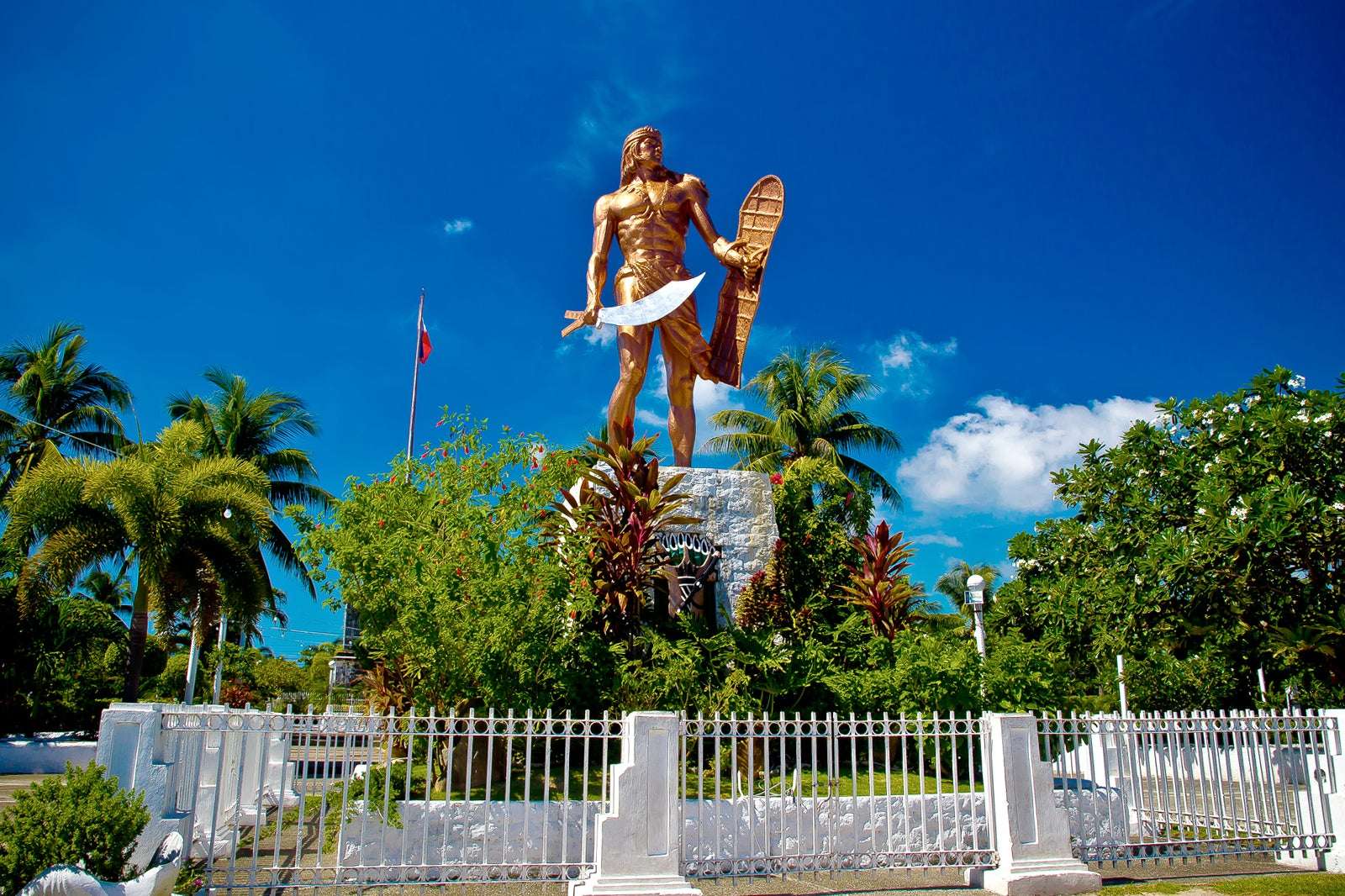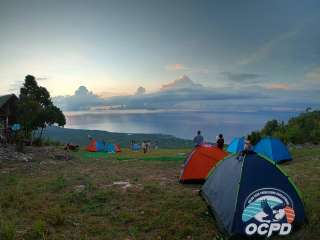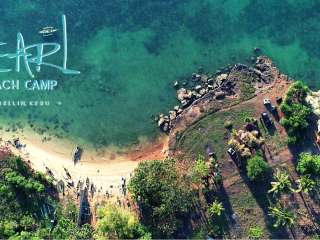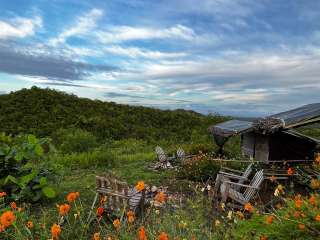

Cebu is considered the premier province in the Philippines having maintained its status as the country’s wealthiest province for eight consecutive years by the Commission on Audit.
In the 2021 financial report, the COA ranked the province as the richest in terms of equity and assets totaling P215.27 billion. It is the only province in the country that has assets breaching the P200 billion mark.
It is the largest island (total landmass) in the Visayas and is known for its rich Spanish colonial past. It is located in Central Visayas region, bordered to the east of Negros and to the west of Leyte and Bohol.
As one of the Philippines' most developed provinces, Cebu serves as a premier destination and a global hub for shipping, furniture and handicraft manufacturing, business processing services, heavy industry, and tourism. It is currently regarded as the most vibrant island in the Philippines, drawing many domestic and international travelers.
The province consists of Cebu Island, as well as 167 smaller islands that include Bantayan, Malapascua, Olango and the Camotes Islands. Although the cities of Cebu, Lapu-Lapu, and Mandaue are independent cities not subject to provincial supervision, they are often grouped with the province for geographical and statistical purposes.
Cebu is the second most populous province in the Philippines. As of 2020, the total population is estimated to be 3,325,385. The province contributed 41.15% of the population in Region 7 and had the highest population among the provinces in the region. The annual population growth rate (PGR) of Cebu province from 2015 to 2020 is at 2.63% which is 0.41% higher than the population growth rate of Cebu province from 2010 to 2015 at 2.22%.
Cebu is the center of economic activities in the Visayas and Mindanao areas. Identified as the country's second largest central urban economic hub, the province is base to over 80% of inter-island shipping capacity in the Philippines. The province also offers a wide range of world class amenities, such as luxury hotels, beach resorts, first class restaurants, latest in sports and recreational facilities.
The major industries of the province are tourism, agriculture, fishery, manufacturing, Information Technology (BPO), and mining. Cebu island’s unique topography give tourists easy access to the mountains as well as the seas and provides a variety of nature sites like rivers, waterfalls, springs, and caves. The main agricultural products are corn, rice, mango, coconut, banana, and peanut. The main marine products are tuna, lapu-lapu(grouper), sardine, flying fish, prawn, and crab. The industry (manufacturing) comprises not just the production of traditional furniture and handcraft, but also advanced hi-tech sector, with such major export products such as watch, semi-conductor, camera and electrical equipment, etc.. The country's largest dolomite quarry is mined in Pugalo, Alcoy. In order to promote exports and draw in international investments, special economic zones have been set up in the province.
The economy of the Province of Cebu is driven by the following industries: Manufacturing with 17.6 percent, wholesale and retail trade, repair of motor vehicles and motorcycles with 13.7 percent, real estate and ownership of dwellings, and professional and business services with 11.5 percent based on 2018 to 2020 annual average share. In 2019, the economy of the province grew by 4.7 percent but declined by 8.9
The history of Cebu goes way beyond 439 years ago when the island became a province at the start of the Spanish colonization.
Long before that, Cebu was already the center of trade of what is now the southern Philippines, dealing with traders from China, Malaysia, Japan, India, Burma and other parts of Asia.
Cebu already had an organized social structure before the Spaniards came--- with small groups headed by a datu who served as leader. A datu governed his community, settled disputes, made decisions, protected his village from enemies, led them into battle, and received labor and tributes from his people. The position being both a political office and a social class, his authority was taken from his lineage, although his power depended on his wealth, the number of subjects and his reputation for physical prowess.
A community ranged from 30 to 100 households grouped as a barangay and was one based mostly on kinship. Aside from the datu, there were free men called timawa and then the olipon. Spanish reports called the role of an olipon as dependent rather than a slave, because of the absence of violence and harshness notable in European slavery.
People in Cebu then were called pintados because men were heavily tattooed. Lavish ornaments such as gold jewelry were used not only by women but also men.
Prior to Spanish colonization there were already permanent townhouse-looking wooden structures where the datus lived. Ordinary people lived in field cottages or balay-balay that were on stilts: hagdan (house ladder) was a common sight, with floors (salog) made of bamboo or wood and roof (atop) made of palm tree shingles.
In 1521 Ferdinand Magellan and his troops arrived in Cebu, were warmly welcomed by Rajah Humabon’s community which converted to Christianity.
But Magellan was not received well at the island of Mactan, where he was slain by the local chieftain, Lapulapu. Cebu remained free until Manuel Lopez de Legazpi arrived in 1566.
It was then the start of the transformation of Cebu’s civilization under the Spanish regime: Catholic churches were built, priests ruled communities alongside civil leaders, watchtowers were scattered along the island to guard against Moro raids.
On the economic and cultural side, fiesta celebrations were embraced, new agricultural products were introduced, royal decrees led to commercial and agricultural expansion and the establishment of elementary schools in every municipality.
From 1872 to 1896, however, extensive propaganda against abuses of Spaniards was done, a sugar crisis ended the agricultural prosperity Cebu province enjoyed and in 1892, sugar barons or hacienderos were forced to declare bankruptcy.
Philippine Revolution began against Spain in 1898, but before the fruits of independence could bloom, the Americans troops arrived, United States sovereignty over the Philippines was declared and in February 7, 1900 , the Filipino-American war broke.
The rest of Cebu ’s history was then tied to events in the country and the rest of the world: World War 11, Japanese occupation, postwar reconstruction, Philippine independence, then the declaration of Martial Law, and so forth.
But amid all these events, history has witnessed the valiant spirit of the Cebuanos--- principled and resilient, exercising hard work and high standards of morality and professionalism that have since made Cebu a cut above the rest.

If you want to see a shooting star, you might have to spend a night with us. Oslob, Cebu Paragliding's ...

Enjoy the beauty of nature while eating farm fresh goods. Rates: Overnight Camping/Car Camping (12PM-12NN) Adult (10+ y.o) --- P200.00 ...

We are located in Medellin, Cebu. The new beach car camping in the north. Park all you can! Pearl Beach ...

Opened last March 2021, Paharuhay Campsite in Tabogon, Cebu gives you another camping experience in the north. It has a ...